Are you a Quiet Speculation member?
If not, now is a perfect time to join up! Our powerful tools, breaking-news analysis, and exclusive Discord channel will make sure you stay up to date and ahead of the curve.
We're picking up from where we left off last week, so if you like your narratives to be linear, you should check that out first.
The First Wave of Sales
You're now at the point where you've been drafting for a full season. You spent some money to do it instead of selling draft leftovers for tickets. It's easy to intuit that when a draft set is the most current, popular set online, the majority of players will be drafting that format. This means supply will be high, and the increased number of folks selling their cards for more tickets will be increased, so prices will drop.
This is why you hold your cards for a year. Theros was highest at its release, but its next highest point was right during the Khans release events:
You can see the same thing with Return to Ravnica (albeit with a few more outlying spikes):
So if you don't want to follow individual card trends, here are some good rules of thumb:
- In the weeks immediately following a set's release, sell everything you open above bulk prices (5 cents for rares, 50 cents for mythics).
- After the set has been out for a month or two and card prices have settled down, stop selling cards (there may be individual cards that spike for various reasons—feel free to sell these).
- Hold these cards until the next fall release. Sell these to fund your release events, and go ahead and sell your draft leftovers from those events, too. They'll never be worth as much!
- After the new release has settled down, use the tickets in your account to draft as much as you can. Don't sell your cards—wait for next fall.
- Repeat the process.
Funding Theros with Return to Ravnica
In my case, my plan was to redeem a set of Return to Ravnica, but I never did open a Sphinx's Revelation, and that card was like $40 online at the time. Instead, I just sold everything off to bots and got a couple hundred tickets in return.
This is where things start to really come together. I drafted Theros block a total of 84 times last season (and did about 15 flashback drafts), at a grand total of $0. By selling my Return to Ravnica cards during the release events of Theros, I maximized my value on those cards and gave myself a nice bankroll to work with. I used this to draft for the whole season, all the while stockpiling cards for when Khans of Tarkir was released.
I just sold my Theros block cards for another couple hundred tickets, and am a dozen drafts deep into Khans of Tarkir. I've been selling my fetch lands and Dig Through Times and Siege Rhinos. because we're still just barely in the window where those cards are overpriced. Before long, though, I'll stop selling cards. When next year's fall set is released, I'll repeat this whole process again.
The Big Exception
Don't sell your mythic rares for less than a dollar. That's an adage I've lived by, and it's worked out quite well. When I sold my Return to Ravnica cards to draft Theros, I held onto all the mythics that were selling for less than a dollar or two. Because redemption has a cutoff date, mythics are often in demand right before then. In Return to Ravnica's case, guaranteed redemption goes through October 31 of this year. WOTC will honor redemptions made for the next year, but only if there is still stock.
So time is running short for large-scale redeemers, which moves prices upward on the rarest cards. Check out the prices for Return to Ravnica mythics as of this week:
During its time in Standard, Epic Experiment was between $1 and $2. Necropolis Regent never even hit a dollar, nor did Utvara Hellkite. Worldspine Wurm was under a dollar, too, and now it's the second-most expensive card in the set, behind only Sphinx's Revelation.
I've already snagged two last-pick Ugin's Nexuses in my KTK drafts, and there's no way I'm selling them for the 30-something cents the bots are offering. I'll hold them not for one year, but for two. It requires patience, but the payoff will be all the sweeter when it comes.
Cubed to the Third Power
I also like to draft the MTGO Cube (now the Legacy Cube) quite a bit. This started in earnest last year, when the 2013 Holiday Cube was available. I've drafted the cube 67 times since then, at a cost of around $50 total (it's harder to give an exact number here, as MTGO doesn't track your ticket-spending history).
My major tip for doing as many cube drafts as you can for as little as you can is this: always play Swiss. The way the MTGO Cube works is that you can either pay 10 tickets or 16 phantom points to enter a draft. Phantom points are non-tradeable objects that can only be used for this purpose, so obviously you should be using these first.
Swiss queues pay 24 phantom points for 3-0, 16 for 2-1, six for 1-2, and two for 0-3. If you win a Swiss cube draft, you'll get enough for 1.5 more of them. Going 2-1 lets you run it back and play again at no additional cost.
Cube draft 8-4s are different. They pay out a combination of phantom points and packs for the parallel flashback draft (a flashback format always runs alongside the cube). For winning an 8-4, one would get a draft set (three packs) and 18 phantom points. That's good for a flashback draft and a little more than another cube draft, which is pretty good. Second place pays a draft set (cool), but only 12 phantom points. This is not enough to run back a cube draft for free. Third and fourth place only get seven phantom points, and fifth through eighth only get three.
If you actually care about the flashback format in question, playing 8-4s is not bad. This is not generally the case for me, however. Usually, I'm looking to just draft the cube as much as possible. Because only the winner of an 8-4 can run back another cube draft, I don't even find them appealing.
I'm a skilled enough player that I feel confident in my ability to win two out of three rounds. I am not skilled enough to feel like I can win every draft I play, or even make the finals of every draft. For this reason, I always draft Swiss events of the MTGO Cube. Paying 10 tickets for the first one and then going on a run of 3-0 and 2-1 finishes feels great. You can literally draft through the holidays for $10.
One Final Tip
Okay, you know some basic strategies to help stretch your dollars into more tickets, which leads to more drafts. The one final thing I will suggest with regards to MTGO: apply for compensation. If you run into a problem in your draft, apply for compensation. If the program is laggy and it leads to you clicking through a combat step, apply for compensation. If MTGO crashes and you miss even one draft pick, apply for compensation.
Let me be clear: don't lie about issues with the program. WOTC is generally pretty generous with compensation requests, and if you've encountered a legitimate issue, the team will usually reimburse you for your troubles. But if players start to commit fraud en masse, that compensation policy is only going to get more restrictive.
You will run into problems on MTGO that are the game's fault. Take advantage of those situations, especially with the new player-friendly reimbursement policy. You're paying good money to play in these drafts, and you are entitled to a positive experience. If the client hurts that experience in any way, ask for your money back.
A big part of my drafting the MTGO Cube 67 times for around $50 was getting many compensation requests honored. Because Cube has so many different mechanics, cards, and crazy board states, you tend to run into more issues there than in normal set drafts. I complain (justly) about Magic Online quite a bit, but I have to give credit where credit is due: WOTC knows the client is a non-functional piece of garbage, and as a result, the team is very responsive to compensation requests. Be respectful, be polite, and be honest, and they'll take care of you.
That's it! If you have been interested in MTGO but stayed away due to the cost, hopefully these tips will allow you to get started on a budget. Yes, you'll need to pay cash for a season to get your bankroll started, but if you're prepared to do that, there's no reason you shouldn't be able to draft for years to come.


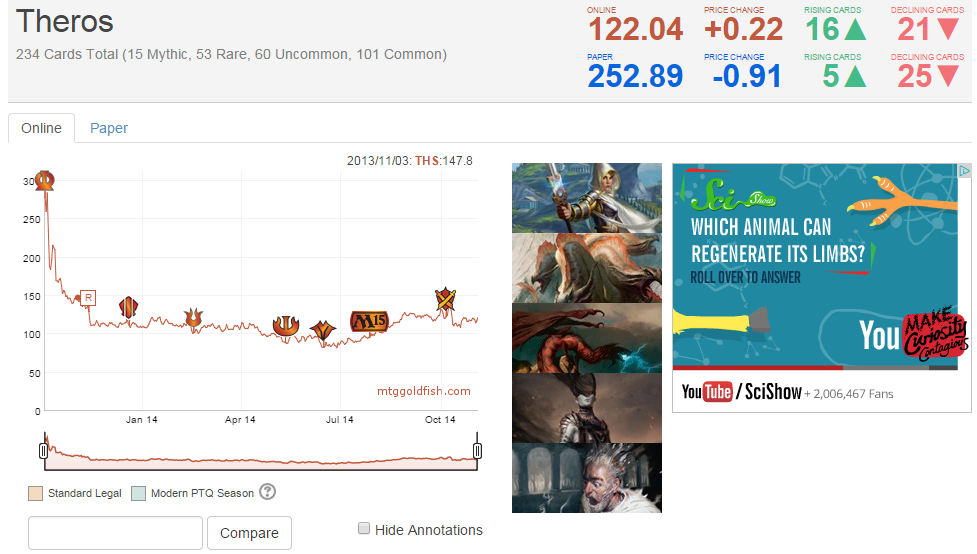
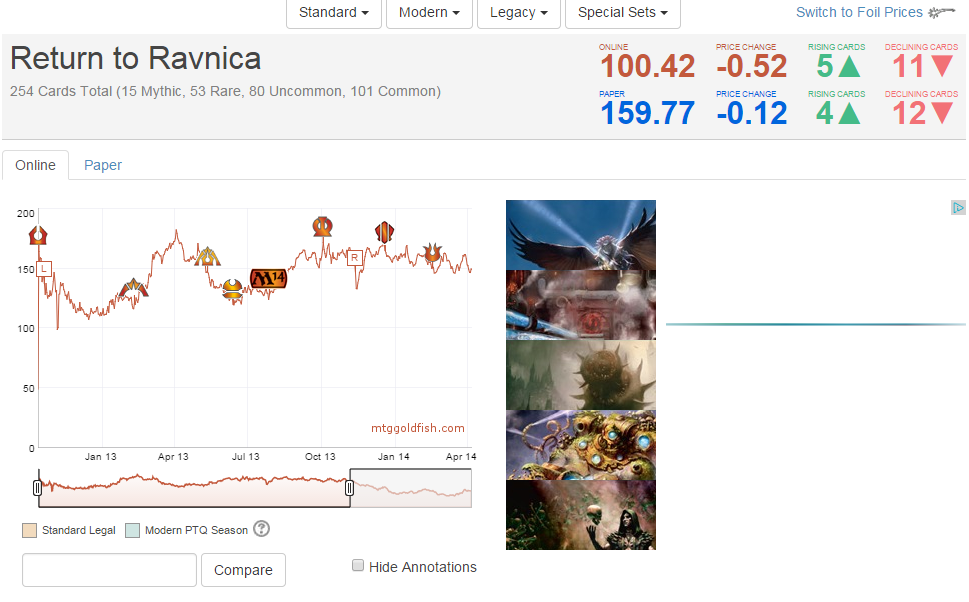
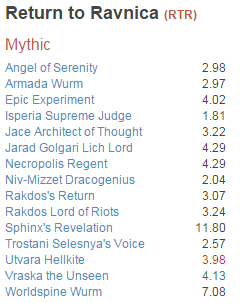
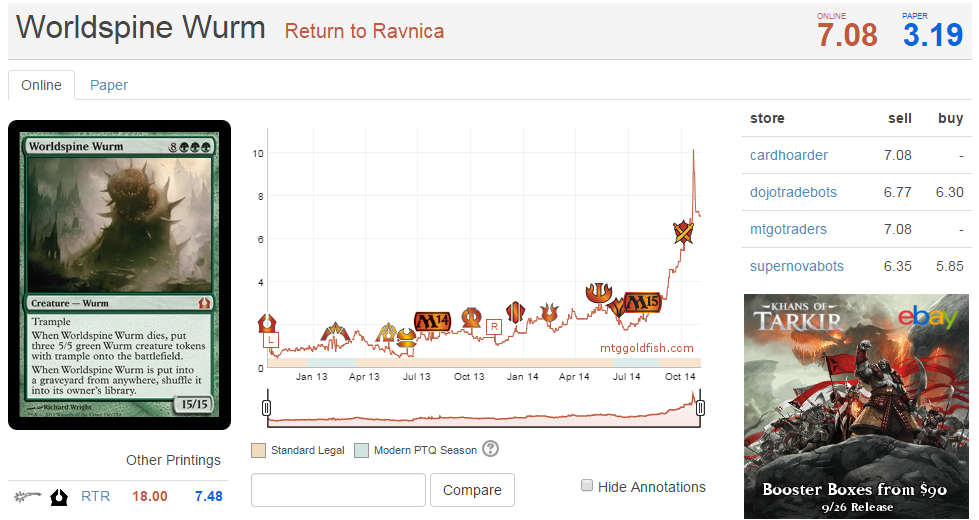
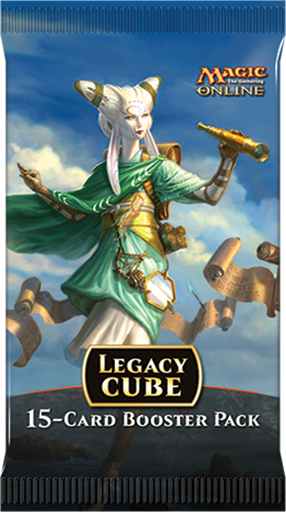



Amazing series. These 2 articles alone are worth the sub to QS. I have a few questions for you if I may (I currently average paying ~$7/draft):
1. When you say you drafted Theros 84 times, is this Triple Theros only or also includes BTT and JBT?
2. What do you do during the releases of the 2nd and 3rd sets? Do you do pre-release events and sell the cards, waiting until the price starts dipping to start holding them?
3. Are you holding drafted fetches as long-term specs and taking them whenever possible?
4. What is your hold policy on flashback drafts? Hold until at least 3 months after the draft ends?
5. Why aren’t you streaming?
Again, great articles.
These articles are fantastic! I just started to play MTGO this past month, so this series is perfect. Being newer to MTGO, what is the best type of the KTK draft format: swiss, 8-4, or 4-3-2-2? Keep up the great work!
I consider myself a great example of a free drafter, because last time I bought tix in the store was april 8 2013. I bought 100 then, and since then I played approximately 1 draft a day. My total startspending must be around 1000 (started in 2009), and at the moment I have a collection of 100.000 cards. .
.
I follow similar patterns as you do, selling drafted cards during releaseperiods and holding them later on. At the moment I’m at the point I’m stopping selling the fetchlands I draft (COLT this is your answer).
I tend to play only Swiss drafts and usually I win 2 out of 3, collecting enough during the draft to compensate for the 5 tic loss (2 tic + 1 booster). I bought 80 KTK boosters during prerelease at 3.2 each, I have 52 left at the moment but also 128 tic from the sold cards (and still holding a foil Sarkhan, a regular Sarkhan and 2 Sorin).
I do make a little extra money by speculating here on QS (m15 was very kind), so I’m happy I can be a real draft adict who doesn’t have to pay 100 or more dollars every month.
As a side not, I’m not a cube fan because I miss the kick of opening a moneycard
From time to time I make a strong standard deck and play some matches with that, carefully watching the cards I use don’t loose value.
And Colt, release from second and third sets are even more important because those cards come in smaller supply and tend to get worth a lot more then those from first sets. I Always try to triple draft the new sets as much as possible during the release events !